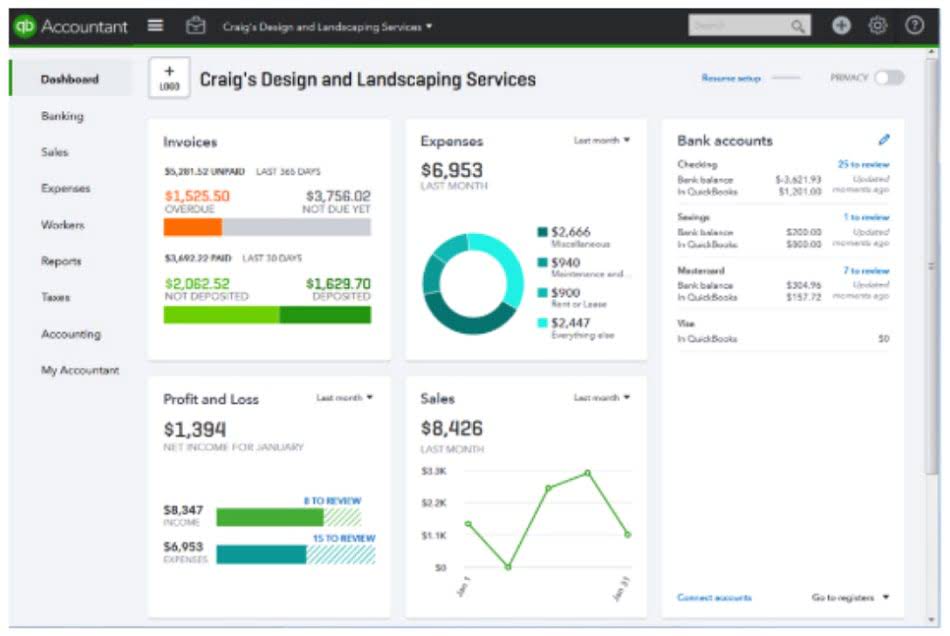
Revenues and gains are recorded in accounts such as Sales, Service Revenues, Interest Revenues (or Interest Income), and Gain on Sale of Assets. These accounts normally have credit balances that are increased with a credit entry. Another way to visualize business transactions is to write a general journal entry. Each general journal entry lists the date, the account title(s) to be debited and the corresponding amount(s) followed by the account title(s) to be credited and the corresponding amount(s).
- A healthy company will have more assets than liabilities, and will therefore have a net positive cash flow.
- Since your company did not yet pay its employees, the Cash account is not credited, instead, the credit is recorded in the liability account Wages Payable.
- As a result, the suppliers would provide goods or services without any interruption.
- That normal balance is what determines whether to debit or credit an account in an accounting transaction.
- At the end of the accounting year the balances will be transferred to the owner’s capital account or to a corporation’s retained earnings account.
- Normal balances can help you keep track of your finances and balance your books.
- This situation could possibly occur with an overpayment to a supplier or an error in recording.
Normal Balances of Accounts Chart

The checking account is reduced by the amount accounts payable normal balance of the check written that includes the $19,600 discounted purchase price and $700 in freight. Accounts payable was recorded at the amount shown on the invoice (“gross” to accountants, “net” to purchasing folk) and was reduced to reflect the account paid in full. A current liability account that reports the amounts owed to employees for hours worked but not yet paid as of the date of the balance sheet.

A Step-by-Step Guide on How to Start Bookkeeping for Your Small Business
The accounting term that means an entry will be made on the left side of an account. If a supplier sold merchandise to a company on credit, the supplier is a creditor. Only when the details in the three documents are in agreement will a vendor’s invoice be entered into the Accounts Payable account and scheduled for payment. After the receiving report and purchase order information are reconciled, they need to be compared to the vendor invoice. Hence, the receiving report is the second of the three documents in the three-way match (which will be discussed shortly).
Vendor or employee?
Then on February 18, 2020, it paid $500 to its supplier for purchased inventory on February 05, 2020. Can you help me understand what each normal balance means for each account? The rest of the accounts to the right of the Beginning Equity amount, are either going to increase or decrease owner’s equity. Based on the rules of debit and credit (debit means left, credit means right), we can determine that Assets (on the left of the equation, the debit side) have a Normal Debit Balance.

- Adam received his master’s in economics from The New School for Social Research and his Ph.D. from the University of Wisconsin-Madison in sociology.
- Since the service was performed at the same time as the cash was received, the revenue account Service Revenues is credited, thus increasing its account balance.
- The three examples illustrate that some vendor invoices will be immediately recorded as expenses while other invoices are initially recorded as assets.
- An increase in expenses and losses will cause a decrease in cash flow from operations because more cash is going out than coming in.
- At the end of every accounting period (year, quarter, month, 5-week period, etc.) it is important that the accounts payable processing be up-to-date.
- When a payment is made, the credit entry is recorded on the left side and the debit entry is recorded on the right side.
For example, the accounts receivable account will usually have a positive balance. Debits and credits are an important part of financial accounting. If for example, purchases are made on credit from Supplier A for 500 and Supplier B for 800 the first entry would be to the purchases day book to record the purchases. He has $30,000 sitting in inventory and buys another 5 computers worth $10,000. Assume he bought the computers with cash and his starting cash account had $25,000 in it.
Financial Accounting
But, for the accounts payable which are on the liabilities side, the normal balance is credit. This accounting equation is used to determine the normal balance of not only accounts payable but also accounts receivables. A poorly run accounts payable process can also mean missing a discount for paying some bills early. If vendor invoices are not paid when they become due, supplier relationships could be strained.
Chartered accountant Michael Brown is the founder and CEO of Double Entry Bookkeeping. He has worked as an accountant and consultant for more than 25 years and has built financial models for all types of industries. He has been the CFO or controller of both small and medium sized companies and has run small businesses of his own. He has been a manager and an auditor with Deloitte, a big 4 accountancy firm, and holds a degree from Loughborough University. For the past 52 years, Harold Averkamp (CPA, MBA) hasworked as an accounting supervisor, manager, consultant, university instructor, and innovator in teaching accounting online. He is the sole author of all the materials on AccountingCoach.com.

The companies usually do not pay for these services or products in cash, because it can impact the cash positions in the balance sheets of the company. The revenues a company earns from selling the products are usually credit in accounts payables on the normal balance. This usually happens for the retailers, who sell the things they receive on credit to the consumer. Ultimately, the accounting equation determines whether the normal balance occurs on the debit or credit side. If a company purchases additional goods or services on credit (as opposed to paying with cash), the company will need to credit Cash Flow Management for Small Businesses Accounts Payable so that the credit balance will increase accordingly. When a company pays part or all of a previously recorded vendor invoice, the balance in Accounts Payable will be reduced with a debit entry and Cash will be reduced with a credit entry.
- The accounts payable process or function is immensely important since it involves nearly all of a company’s payments outside of payroll.
- Debit amounts are entered on the left side of the “T” and credit amounts are entered on the right side.
- The amount of insurance that was incurred/used up/expired during the period of time appearing in the heading of the income statement.
- Further, special emphasis must be given to accounts payable representing larger transactions.
- The balance sheet accounts are referred to as permanent because their end-of-year balances will be carried forward to the next accounting year.
- To decrease an account you do the opposite of what was done to increase the account.
- When an account payable is paid, Accounts Payable will be debited and Cash will be credited.
Normal Balances
The exceptions to this rule are the accounts Sales Returns, Sales Allowances, and Sales Discounts – these accounts have debit balances because they are reductions to sales. Accounts with trial balance balances that are the opposite of the normal balance are called contra accounts hence contra revenue accounts will have debit balances. Debits and credits are terms used by bookkeepers and accountants when recording transactions in the accounting records. The amount in every transaction must be entered in one account as a debit (left side of the account) and in another account as a credit (right side of the account). This double-entry system provides accuracy in the accounting records and financial statements.
